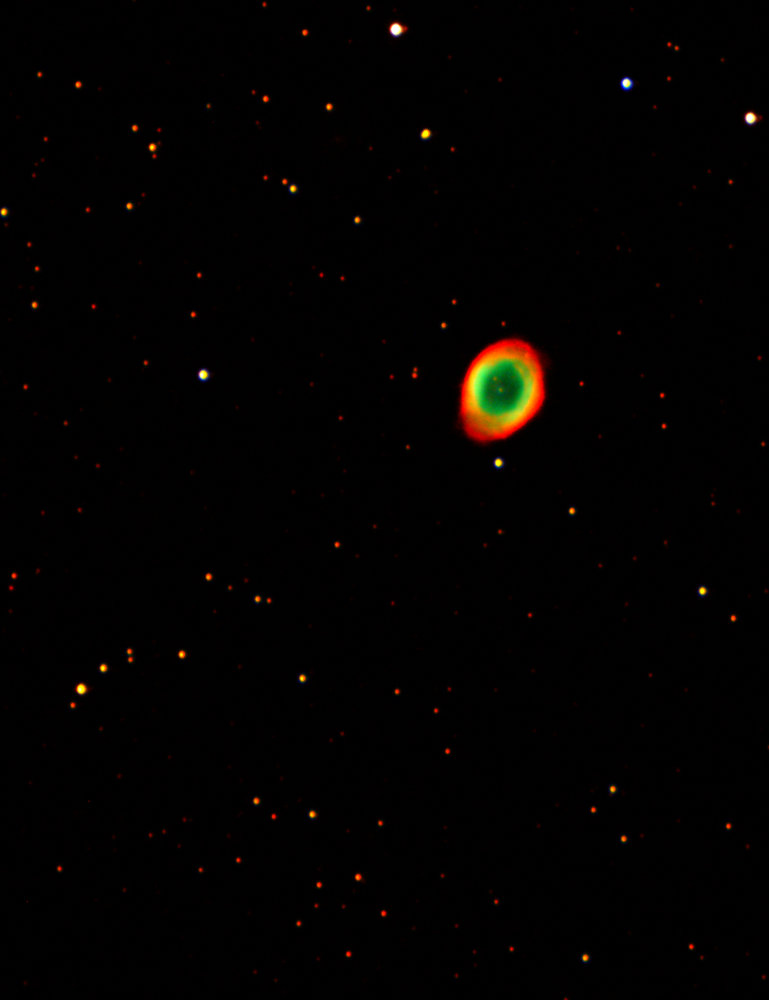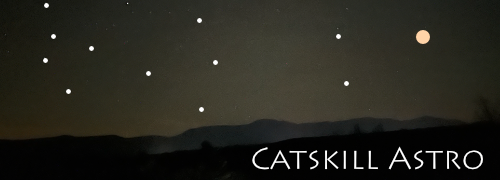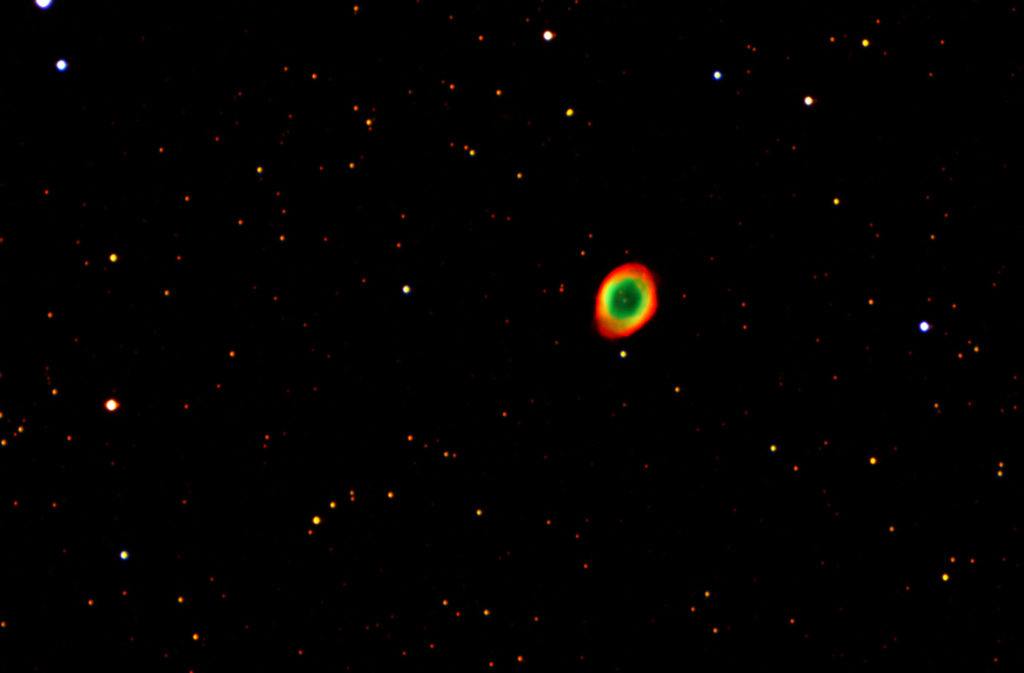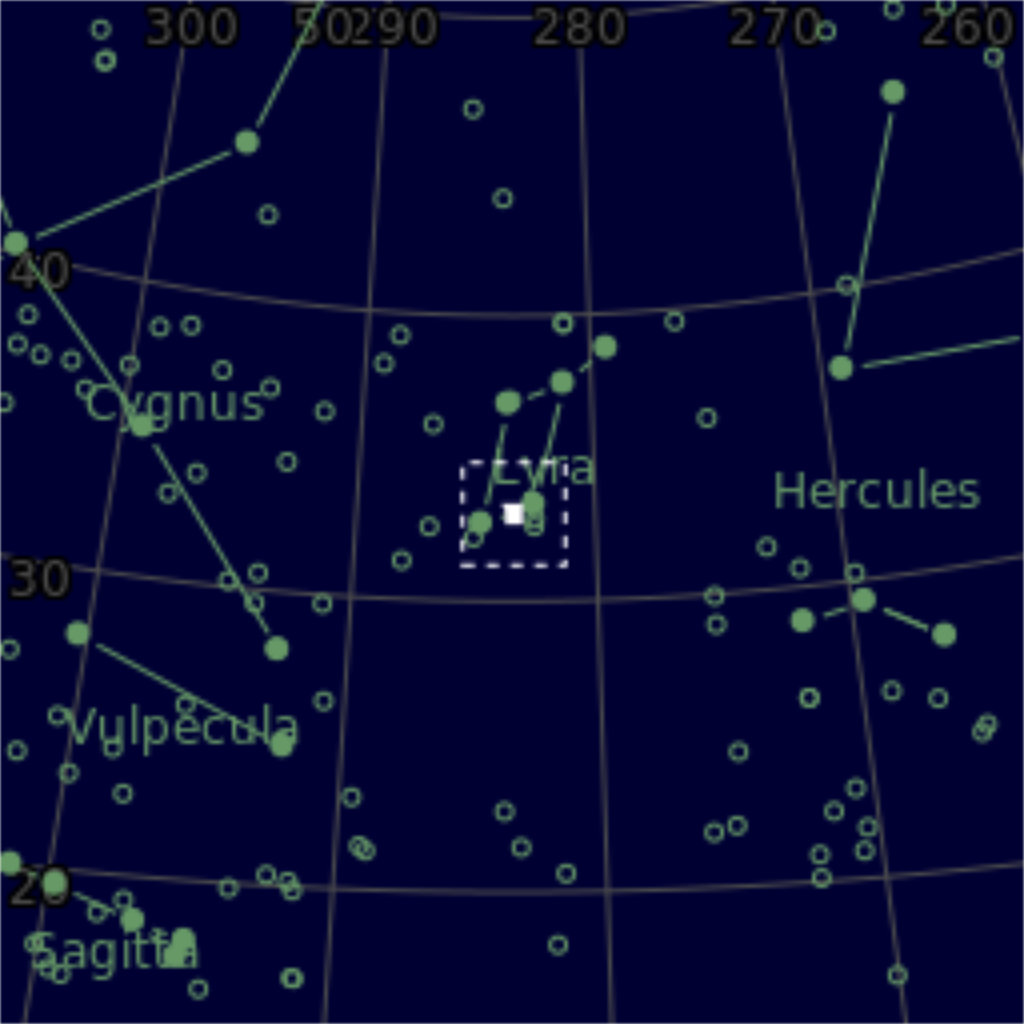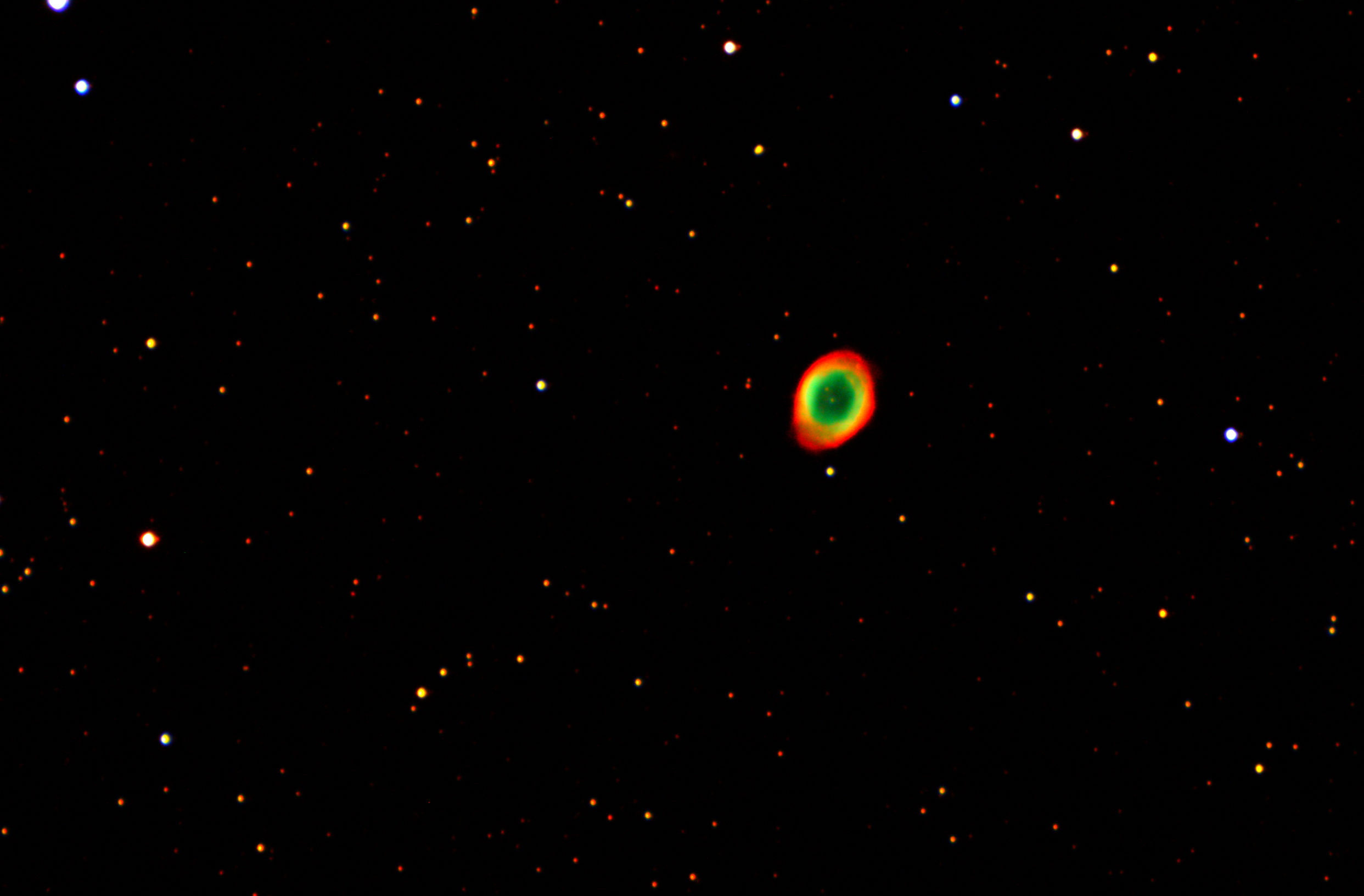| Description | Messier posted his second discovery (#26) on the same date as M56: January 31, 1779. Messier could barely resolve the object, and struggled to describe it in the listing: `A cluster of light between Gamma & Beta Lyrae, discovered when looking for the Comet of 1779, which has passed it very close: it seems that this patch of light, which is round, must be composed of very small stars: with the best telescopes it is impossible to distinguish them; there stays only a suspicion that they are there. M. Messier reported this patch of light on the Chart of the Comet of 1779. M. Darquier, at Toulouse, discovered it when observing the same comet [in February], and he reports: "Nebula between gamma and beta Lyrae; it is very dull, but perfectly outlined; it is as large as Jupiter & resembles a planet which is fading".' It is this comment which is the origin of the "planetary nebula" monikier that has confused novice astronomers ever since. <--> Of course, with modern equipment this is one of the brightest and easiest to observe planetary nebula, certainly in the northern hemisphere. |
